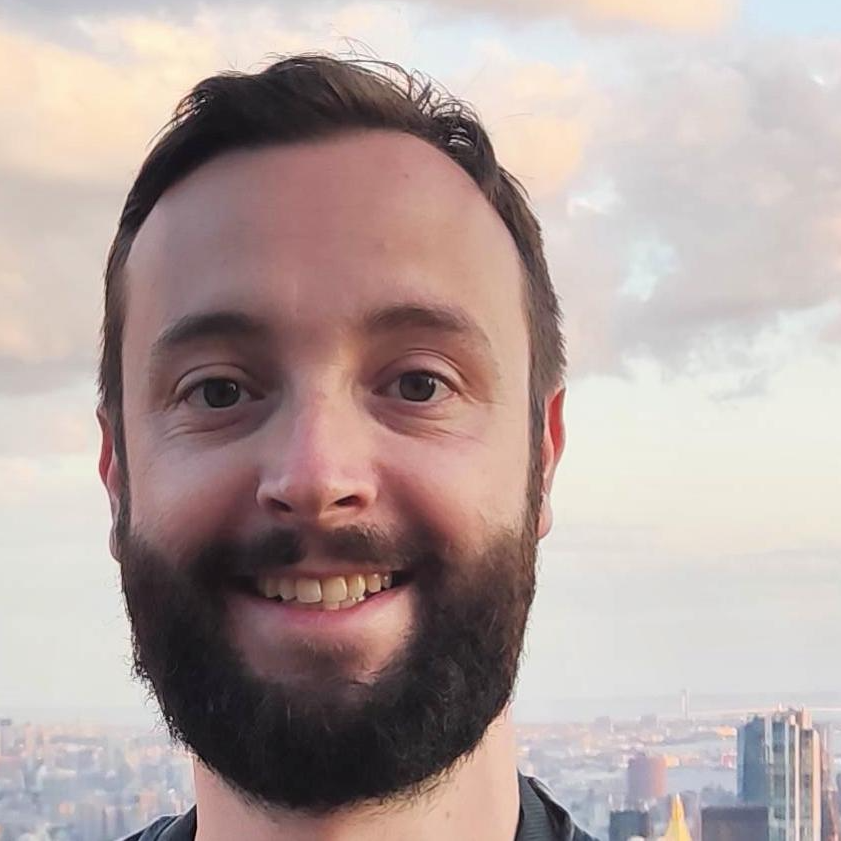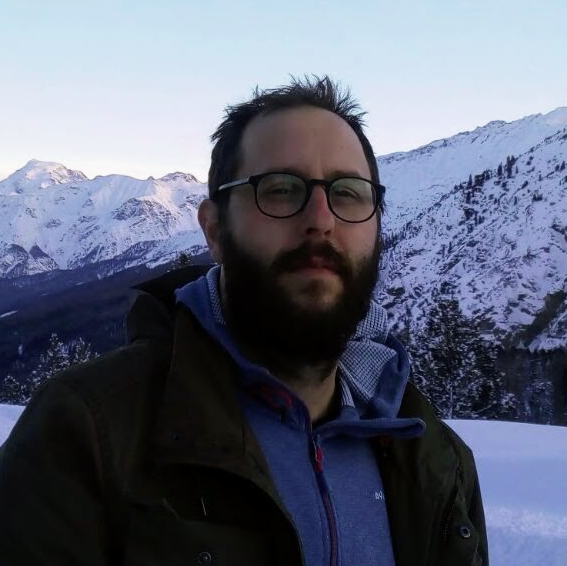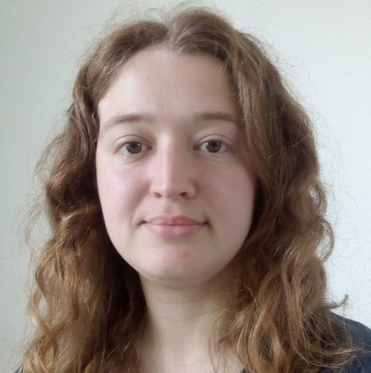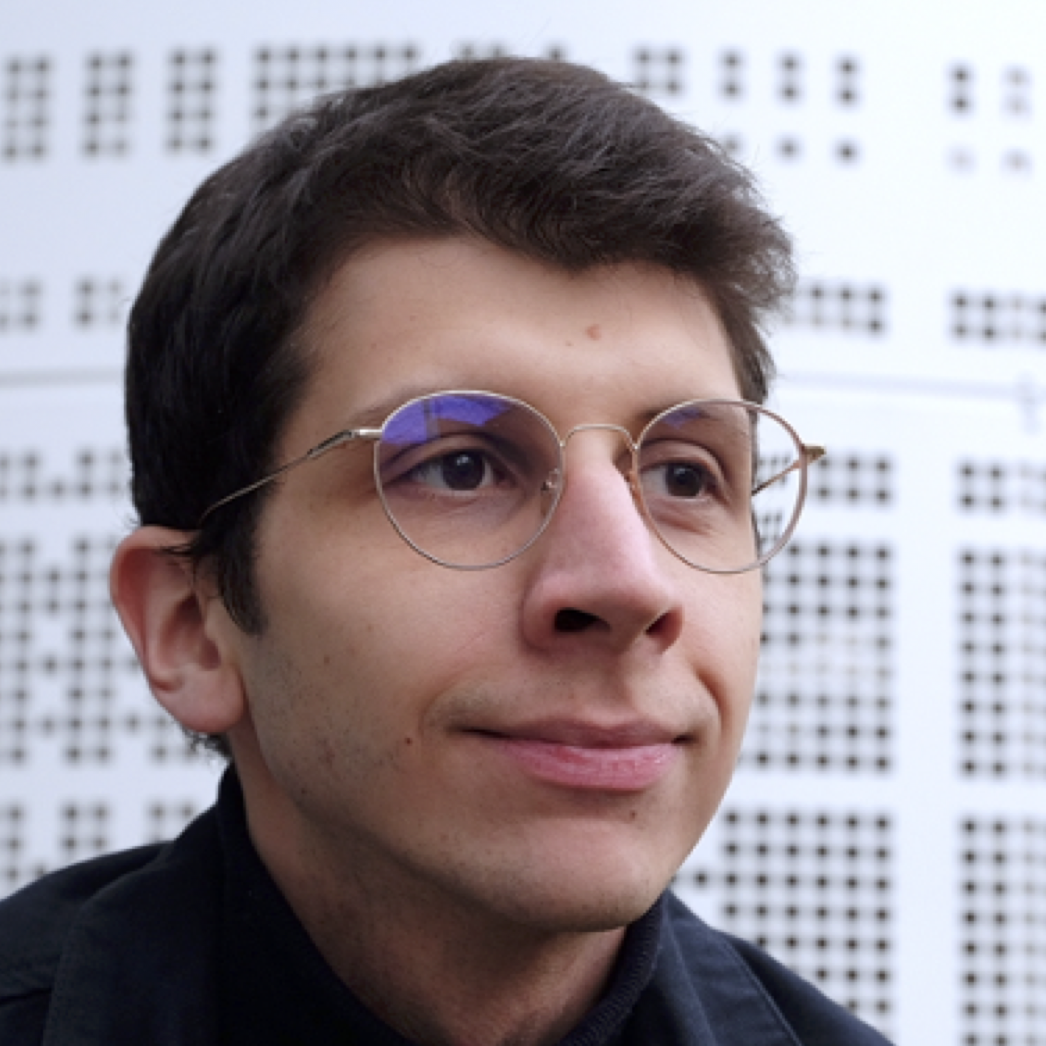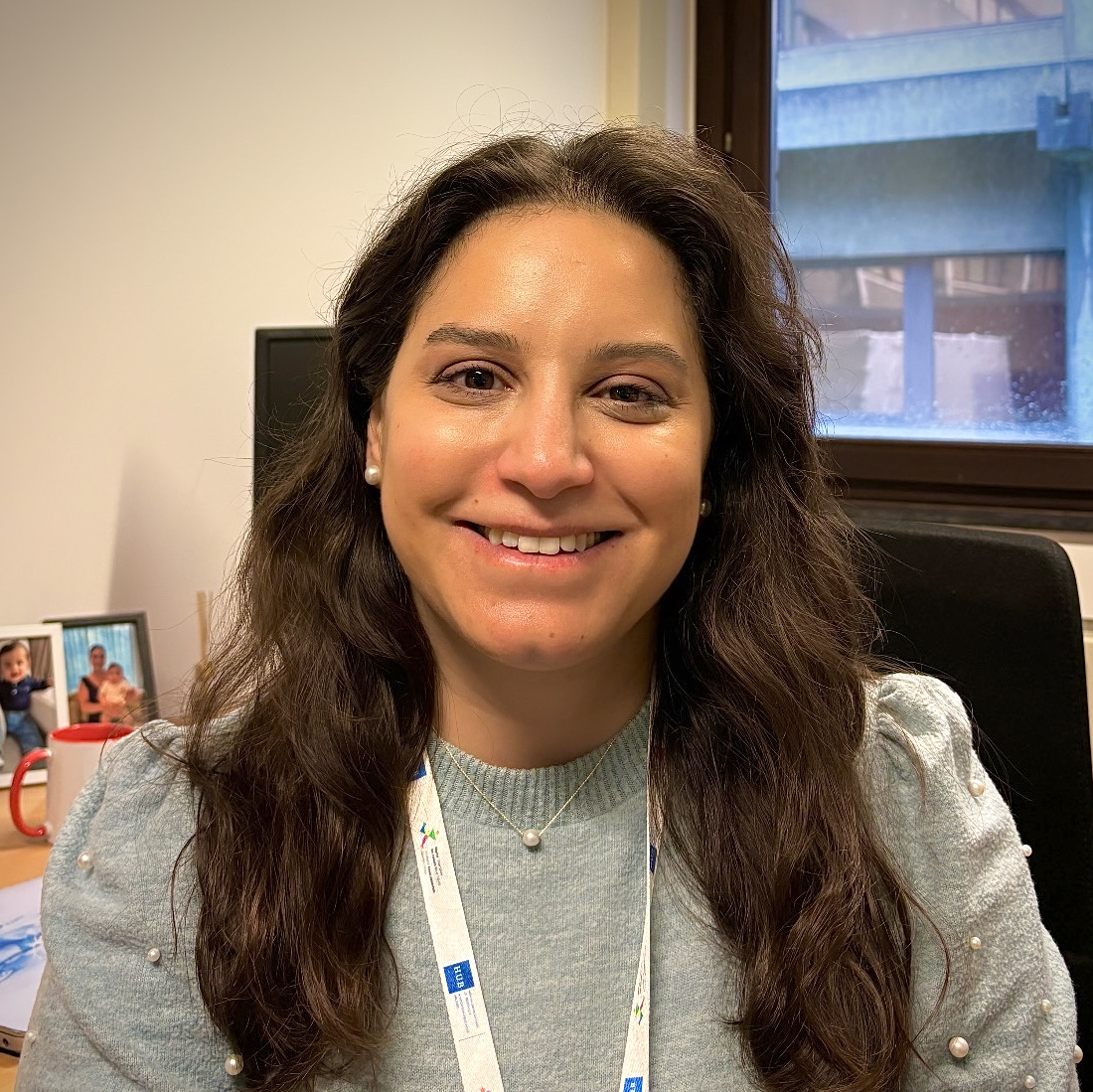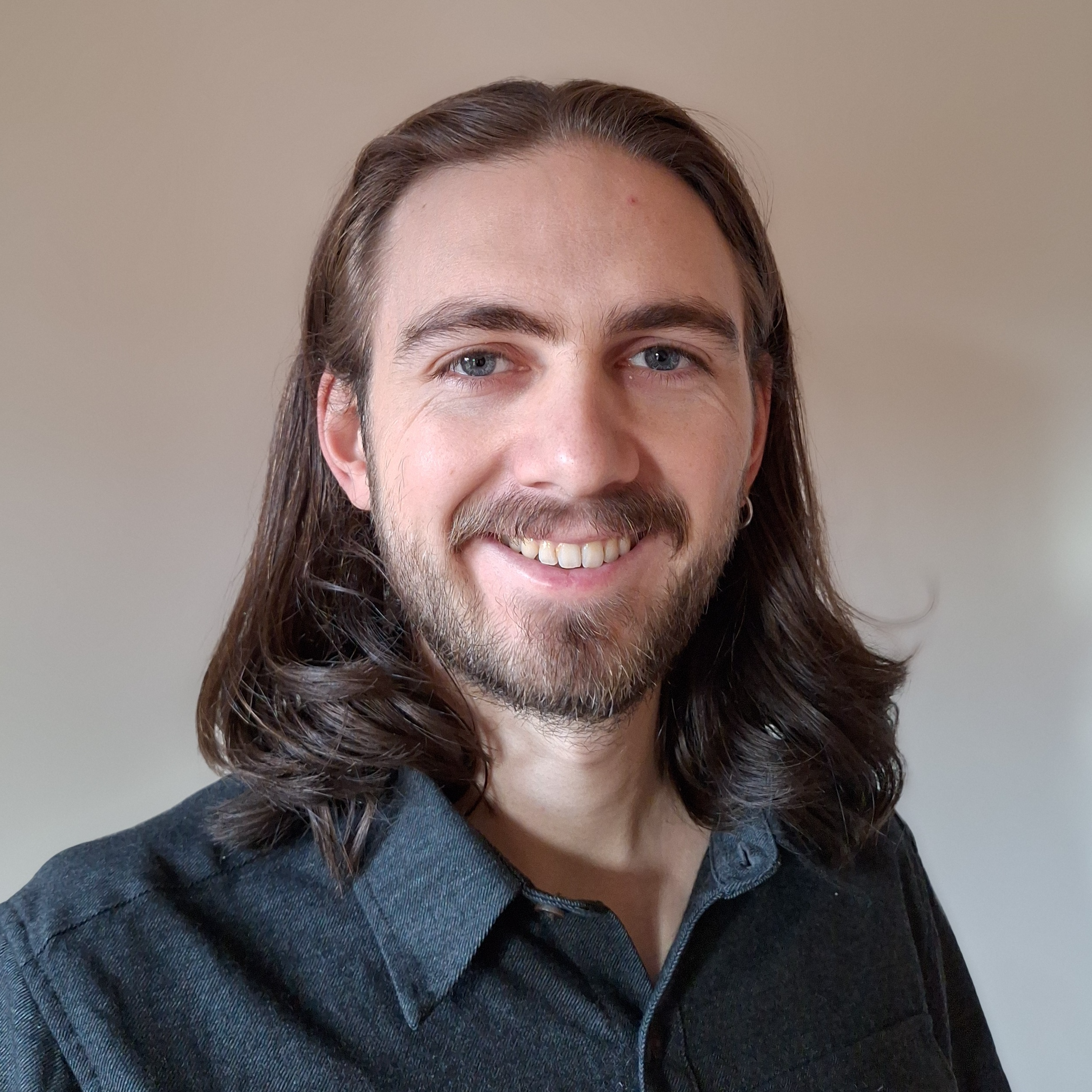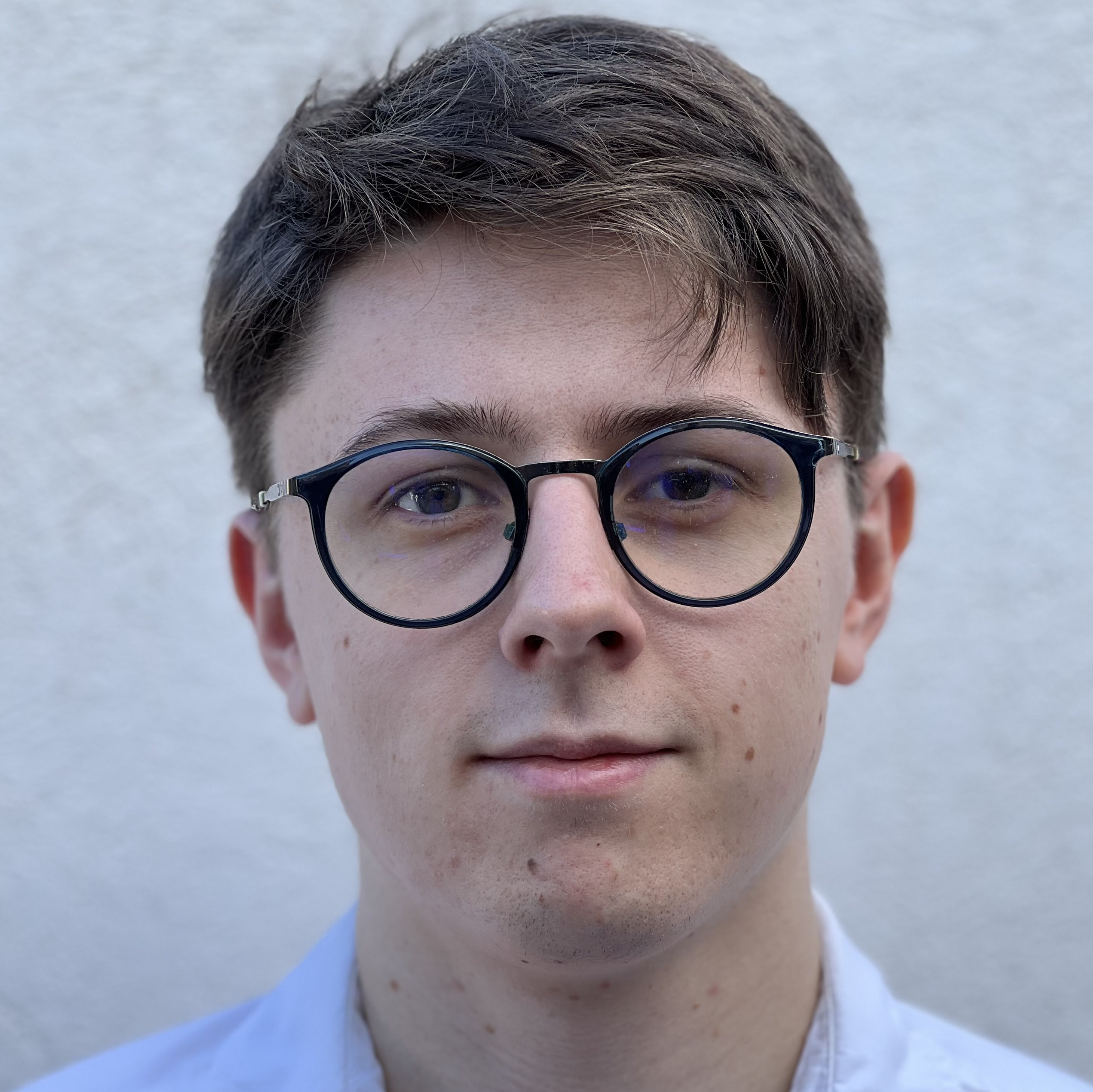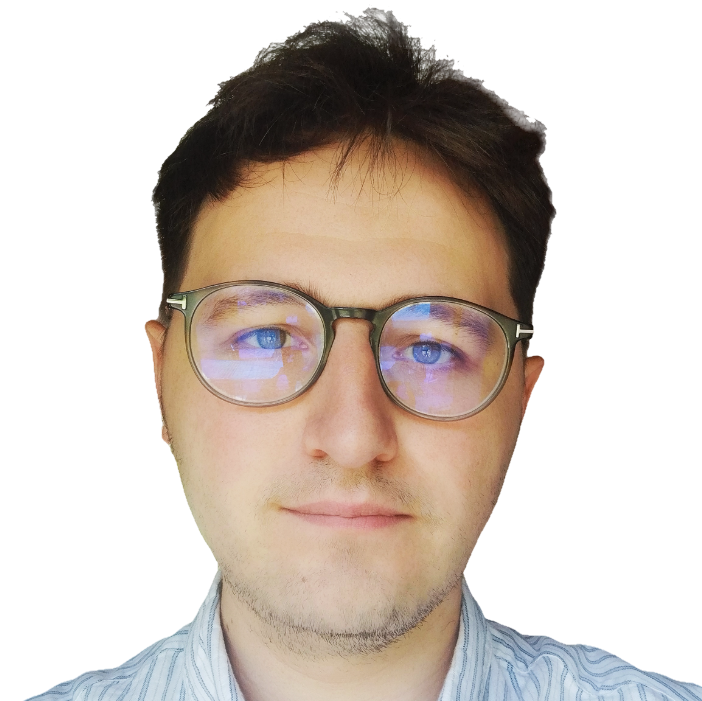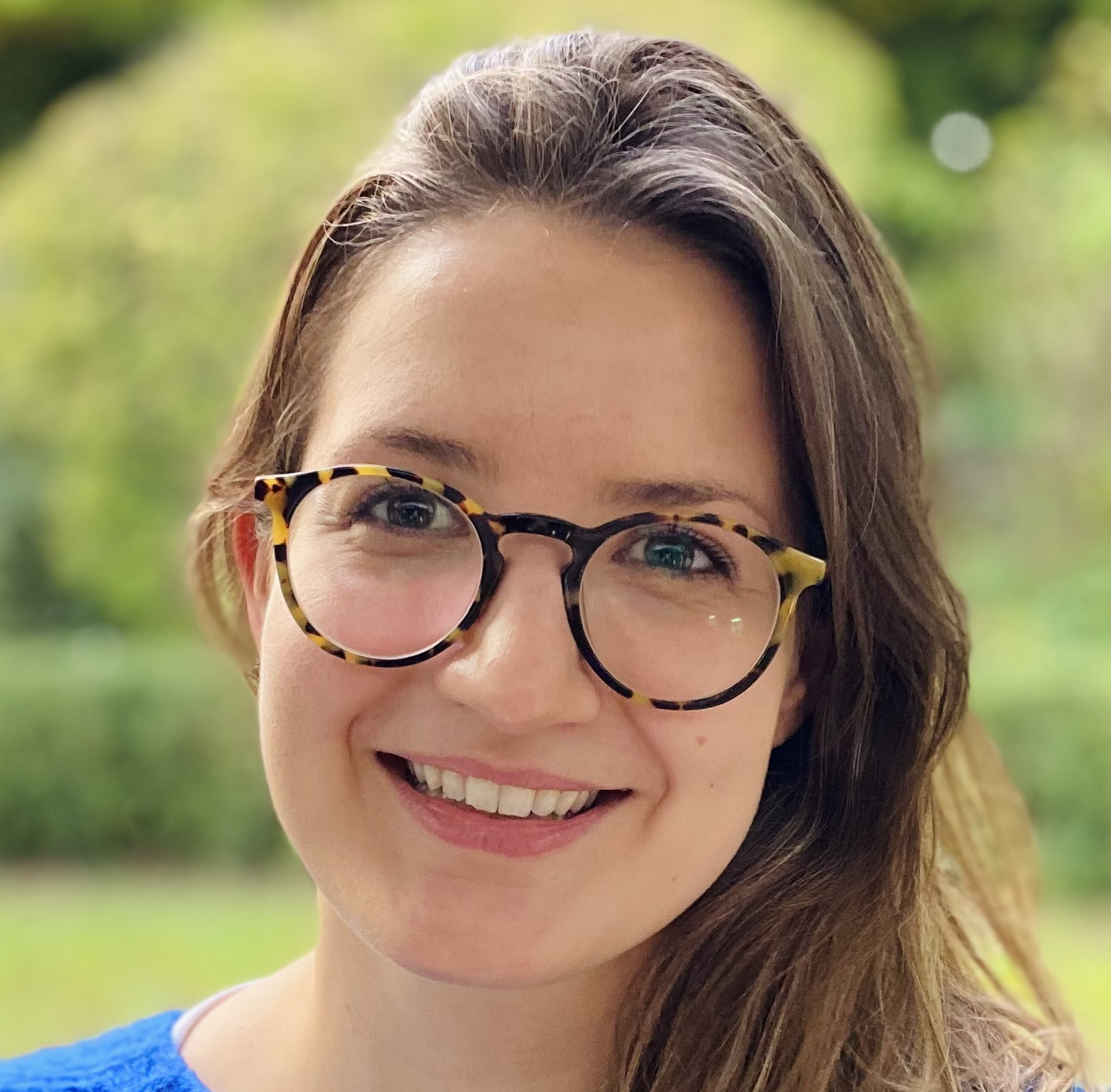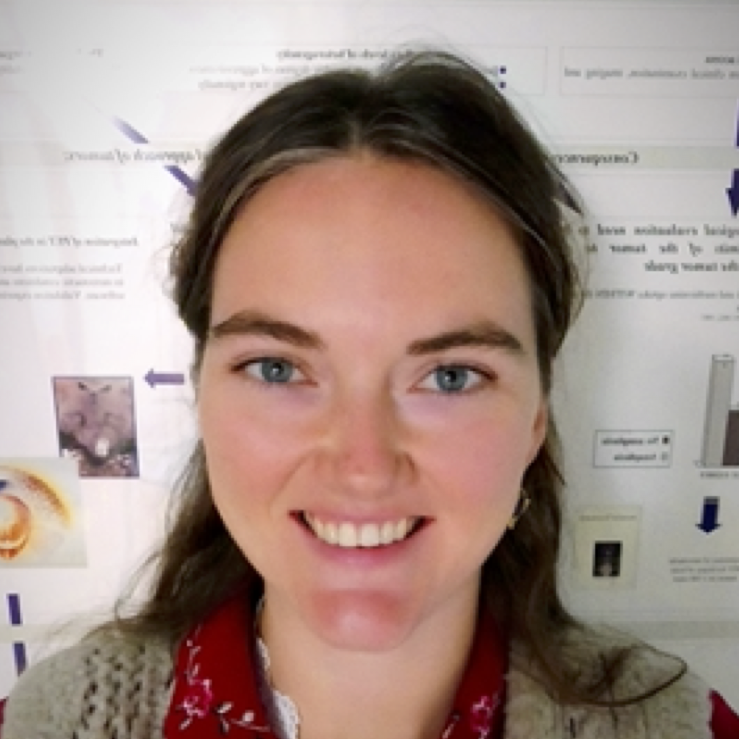Cortical tracking of lexical speech units in a multi-talker background is immature in school-aged children
Niesen M, Bourguignon M, Bertels J, Vander Ghinst M, Wens V, Goldman S & De Tiège X. Neuroimage. 2023;265:119770.
Children have more difficulty perceiving speech in noise than adults.
Whether this difficulty relates to an immature processing of prosodic
or linguistic elements of the attended speech is still unclear. To
address the impact of noise on linguistic processing per se, we assessed
how babble noise impacts the cortical tracking of intelligible speech
devoid of prosody in school-aged children and adults. Twenty adults and
twenty children (7-9 years) listened to synthesized French monosyllabic
words presented at 2.5 Hz, either randomly or in 4-word hierarchical
structures wherein 2 words formed a phrase at 1.25 Hz, and 2 phrases
formed a sentence at 0.625 Hz, with or without babble noise.
Neuromagnetic responses to words, phrases and sentences were identified
and source-localized. Children and adults displayed significant cortical
tracking of words in all conditions, and of phrases and sentences only
when words formed meaningful sentences. In children compared with adults,
the cortical tracking was lower for all linguistic units in conditions
without noise. In the presence of noise, the cortical tracking was
similarly reduced for sentence units in both groups, but remained stable
for phrase units. Critically, when there was noise, adults increased the
cortical tracking of monosyllabic words in the inferior frontal gyri and
supratemporal auditory cortices but children did not. This study
demonstrates that the difficulties of school-aged children in
understanding speech in a multi-talker background might be partly due to
an immature tracking of lexical but not supra-lexical linguistic units
Neurodevelopmental oscillatory basis of speech processing
in noise
Bertels J, Niesen M, Destoky F, Coolen T, Vander Ghinst M, Wens V, Rovai A, Trotta N, Baart M, Molinaro N, De Tiège X & Bourguignon M. Dev Cogn Neurosci. 2023;59:101181.
Humans' extraordinary ability to understand speech in noise relies on
multiple processes that develop with age. Using magnetoencephalography
(MEG), we characterize the underlying neuromaturational basis by
quantifying how cortical oscillations in 144 participants
(aged 5-27 years) track phrasal and syllabic structures in connected
speech mixed with different types of noise. While the extraction of
prosodic cues from clear speech was stable during development, its
maintenance in a multi-talker background matured rapidly up to age 9
and was associated with speech comprehension. Furthermore, while the
extraction of subtler information provided by syllables matured at age
9, its maintenance in noisy backgrounds progressively matured until
adulthood. Altogether, these results highlight distinct behaviorally
relevant maturational trajectories for the neuronal signatures of speech
perception. In accordance with grain-size proposals, neuromaturational
milestones are reached increasingly late for linguistic units of
decreasing size, with further delays incurred by noise.
Measuring the cortical tracking of speech with
optically-pumped magnetometers
de Lange P, Boto E, Holmes N, Hill RM, Bowtell R, Wens V, De Tiège X, Brookes MJ & Bourguignon M. Neuroimage. 2021;233:117969.
During continuous speech listening, brain activity tracks speech
rhythmicity at frequencies matching with the repetition rate of phrases
(0.2-1.5 Hz), words (2-4 Hz) and syllables (4-8 Hz). Here, we evaluated
the applicability of wearable MEG based on optically-pumped magnetometers
(OPMs) to measure such cortical tracking of speech (CTS). Measuring CTS
with OPMs is a priori challenging given the complications associated
with OPM measurements at frequencies below 4 Hz, due to increased
intrinsic interference and head movement artifacts. Still, this
represents an important development as OPM-MEG provides lifespan
compliance and substantially improved spatial resolution compared with
classical MEG. In this study, four healthy right-handed adults listened
to continuous speech for 9 min. The radial component of the magnetic
field was recorded simultaneously with 45-46 OPMs evenly covering the
scalp surface and fixed to an additively manufactured helmet which
fitted all 4 participants. We estimated CTS with reconstruction accuracy
and coherence, and determined the number of dominant principal components
(PCs) to remove from the data (as a preprocessing step) for optimal
estimation. We also identified the dominant source of CTS using a
minimum norm estimate. CTS estimated with reconstruction accuracy and
coherence was significant in all 4 participants at phrasal and word
rates, and in 3 participants (reconstruction accuracy) or 2 (coherence)
at syllabic rate. Overall, close-to-optimal CTS estimation was obtained
when the 3 (reconstruction accuracy) or 10 (coherence) first PCs were
removed from the data. Importantly, values of reconstruction accuracy
(~0.4 for 0.2-1.5-Hz CTS and ~0.1 for 2-8-Hz CTS) were remarkably close
to those previously reported in classical MEG studies. Finally, source
reconstruction localized the main sources of CTS to bilateral auditory
cortices. In conclusion, t his study demonstrates that OPMs can be used
for the purpose of CTS assessment. This finding opens new research
avenues to unravel the neural network involved in CTS across the lifespan
and potential alterations in, e.g., language developmental disorders.
Data also suggest that OPMs are generally suitable for recording neural
activity at frequencies below 4 Hz provided PCA is used as a
preprocessing step; 0.2-1.5-Hz being the lowest frequency range
successfully investigated here.
Neocortical activity tracks the hierarchical linguistic
structures of self-produced speech during reading aloud
Bourguignon M, Molinaro N, Lizarazu M, Taulu S, Jousmäki V, Lallier M, Carreiras M & De Tiège X. Neuroimage. 2020;216:116788.
How the human brain uses self-generated auditory information during
speech production is rather unsettled. Current theories of language
production consider a feedback monitoring system that monitors the
auditory consequences of speech output and an internal monitoring
system, which makes predictions about the auditory consequences of
speech before its production. To gain novel insights into underlying
neural processes, we investigated the coupling between neuromagnetic
activity and the temporal envelope of the heard speech sounds (i.e.,
cortical tracking of speech) in a group of adults who 1) read a text
aloud, 2) listened to a recording of their own speech (i.e., playback),
and 3) listened to another speech recording. Reading aloud was here
used as a particular form of speech production that shares various
processes with natural speech. During reading aloud, the reader's brain
tracked the slow temporal fluctuations of the speech output.
Specifically, auditory cortices tracked phrases (<1 Hz) but to a lesser
extent than during the two speech listening conditions. Also, the
tracking of words (2-4 Hz) and syllables (4-8 Hz) occurred at parietal
opercula during reading aloud and at auditory cortices during listening.
Directionality analyses were then used to get insights into the
monitoring systems involved in the processing of self-generated auditory
information. Analyses revealed that the cortical tracking of speech
at <1 Hz, 2-4 Hz and 4-8 Hz is dominated by speech-to-brain directional
coupling during both reading aloud and listening, i.e., the cortical
tracking of speech during reading aloud mainly entails auditory feedback
processing. Nevertheless, brain-to-speech directional coupling at 4-8 Hz
was enhanced during reading aloud compared with listening, likely
reflecting the establishment of predictions about the auditory
consequences of speech before production. These data bring novel
insights into how auditory verbal information is tracked by the human
brain during perception and self-generation of connected speech.
Cortical tracking of speech-in-noise develops from childhood to adulthood
Vander Ghinst M, Bourguignon M, Niesen M, Wens V, Hassid S, Choufani G, Jousmäki V, Hari R, Goldman S & De Tiège X. J Neurosci. 2019; 39(15):2938-2950.
In multitalker backgrounds, the auditory cortex of adult humans tracks
the attended speech stream rather than the global auditory scene. Still,
it is unknown whether such preferential tracking also occurs in children
whose speech-in-noise (SiN) abilities are typically lower compared with
adults. We used magnetoencephalography (MEG) to investigate the
frequency-specific cortical tracking of different elements of a cocktail
party auditory scene in 20 children (age range, 6–9 years; 8 females)
and 20 adults (age range, 21–40 years; 10 females). During MEG
recordings, subjects attended to four different 5 min stories, mixed
with different levels of multitalker background at four signal-to-noise
ratios (SNRs; noiseless, +5, 0, and −5 dB). Coherence analysis
quantified the coupling between the time courses of the MEG activity
and attended speech stream, multitalker background, or global auditory
scene, respectively. In adults, statistically significant coherence was
observed between MEG signals originating from the auditory system and
the attended stream at <1, 1–4, and 4–8 Hz in all SNR conditions.
Children displayed similar coupling at <1 and 1–4 Hz, but increasing
noise impaired the coupling more strongly than in adults. Also,
children displayed drastically lower coherence at 4–8 Hz in all SNR
conditions. These results suggest that children's difficulties to
understand speech in noisy conditions are related to an immature
selective cortical tracking of the attended speech streams. Our
results also provide unprecedented evidence for an acquired cortical
tracking of speech at syllable rate and argue for a progressive
development of SiN abilities in humans.
Left superior temporal gyrus is coupled to attended
speech in a cocktail-party auditory scene
Vander Ghinst M, Bourguignon M, Op de Beeck M, Wens V, Marty B, Hassid S, Choufani G, Jousmäki V, Hari R, Van Bogaert P, Goldman S & De Tiège X. J Neurosci. 2016;36(5):1596-606.
Using a continuous listening task, we evaluated the coupling between the
listener's cortical activity and the temporal envelopes of different
sounds in a multitalker auditory scene using magnetoencephalography and
corticovocal coherence analysis. Neuromagnetic signals were recorded from
20 right-handed healthy adult humans who listened to five different
recorded stories (attended speech streams), one without any multitalker
background (No noise) and four mixed with a “cocktail party” multitalker
background noise at four signal-to-noise ratios (5, 0, −5, and −10 dB) to
produce speech-in-noise mixtures, here referred to as Global scene.
Coherence analysis revealed that the modulations of the attended speech
stream, presented without multitalker background, were coupled at ∼0.5 Hz
to the activity of both superior temporal gyri, whereas the modulations
at 4–8 Hz were coupled to the activity of the right supratemporal
auditory cortex. In cocktail party conditions, with the multitalker
background noise, the coupling was at both frequencies stronger for the
attended speech stream than for the unattended Multitalker background.
The coupling strengths decreased as the Multitalker background increased.
During the cocktail party conditions, the ∼0.5 Hz coupling became
left-hemisphere dominant, compared with bilateral coupling without the
multitalker background, whereas the 4–8 Hz coupling remained
right-hemisphere lateralized in both conditions. The brain activity was
not coupled to the multitalker background or to its individual talkers.
The results highlight the key role of listener's left superior temporal
gyri in extracting the slow ∼0.5 Hz modulations, likely reflecting the
attended speech stream within a multitalker auditory scene.













